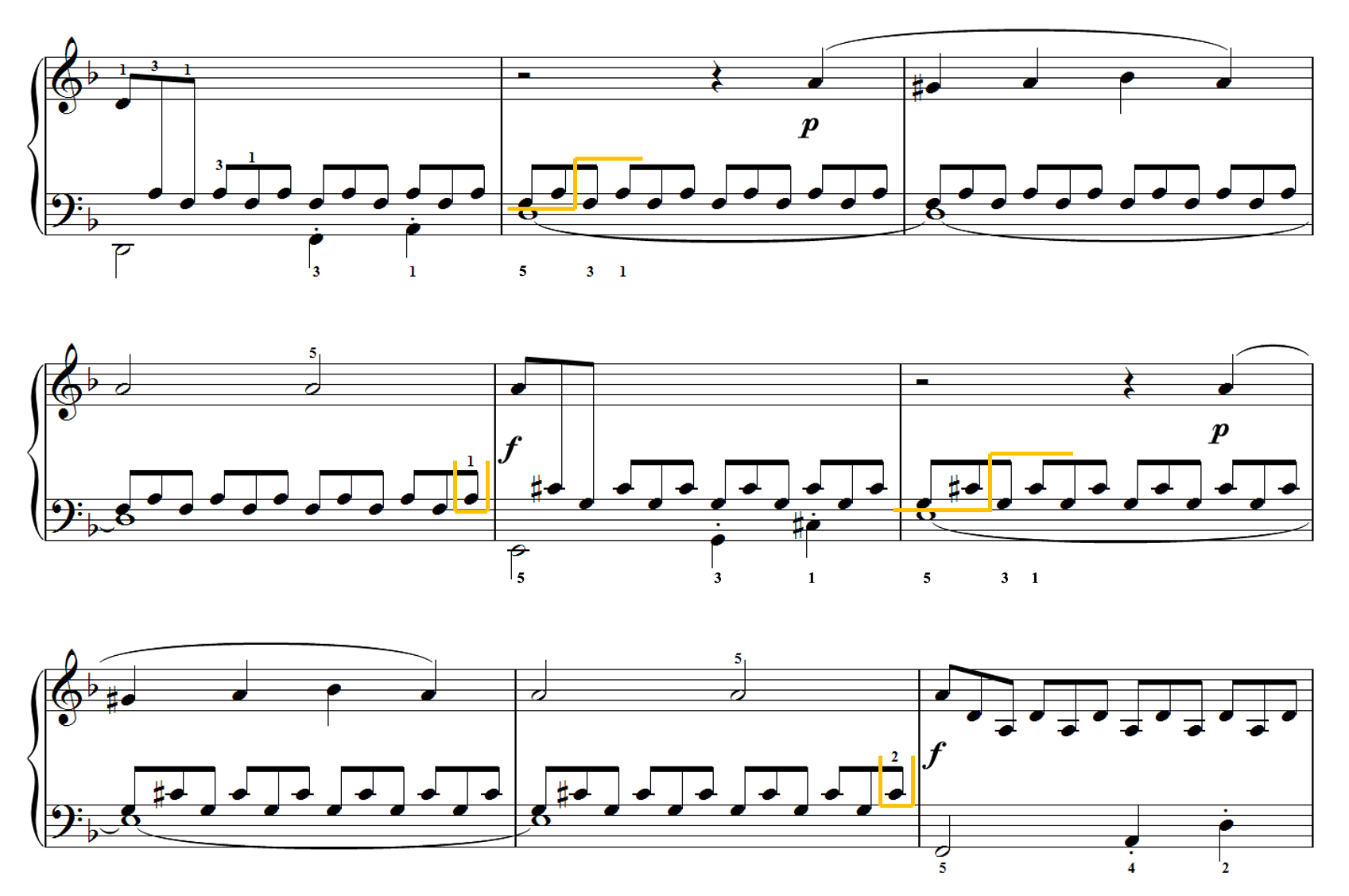“The left hand is positioned above the right in the beginning of m. 218. Taking the B-natural in the right hand eliminates an awkward jump in the left hand and allows the left hand the opportunity to get below the right hand for the rest of the passage.”
Submitted by Michael Clark
Published on 1/1/2020


















